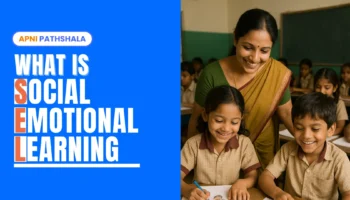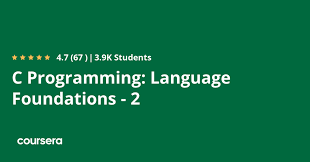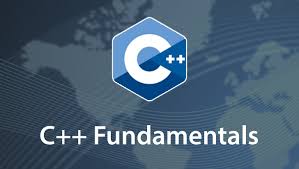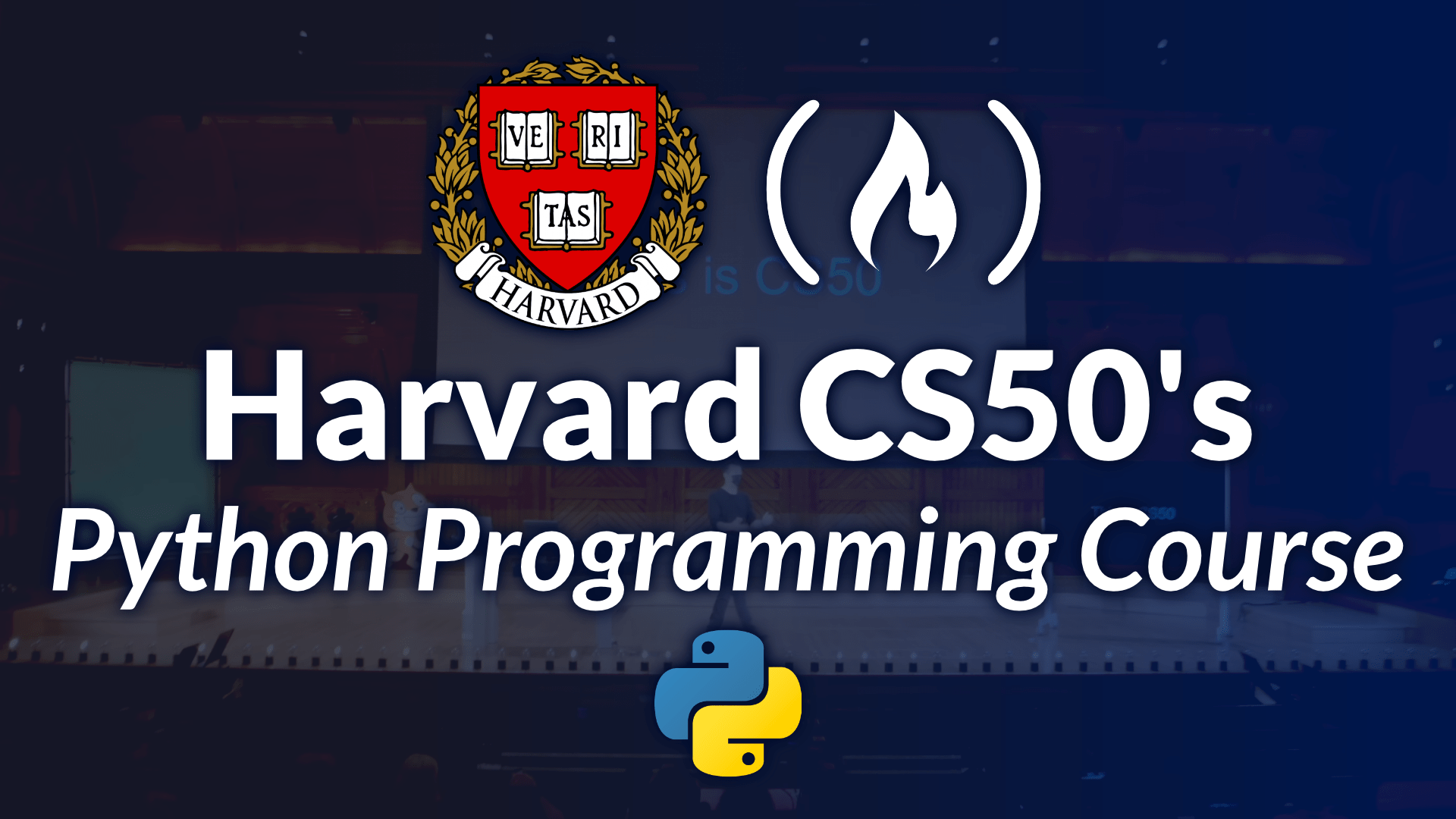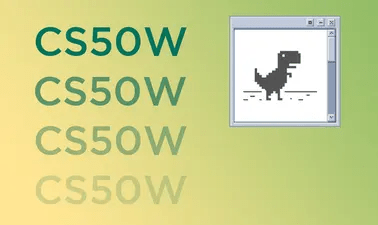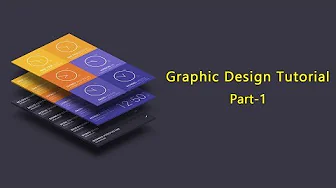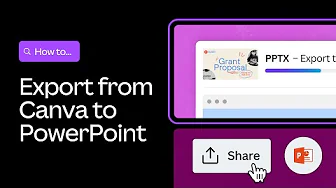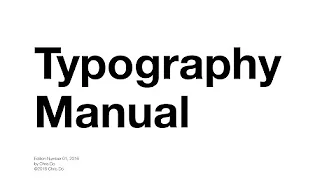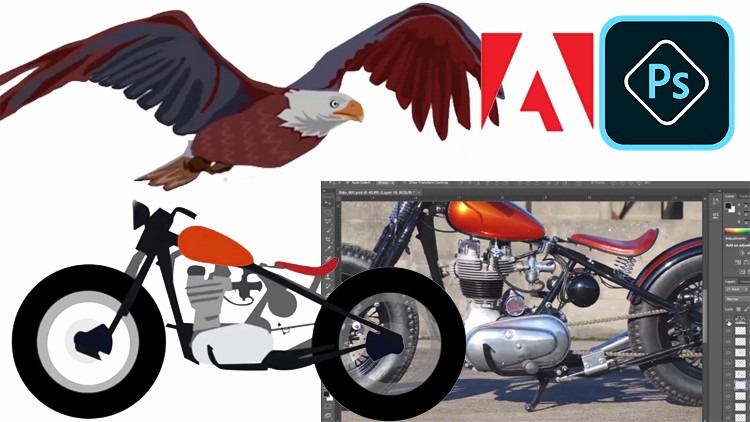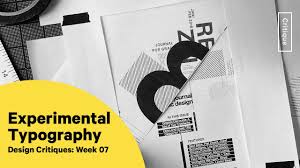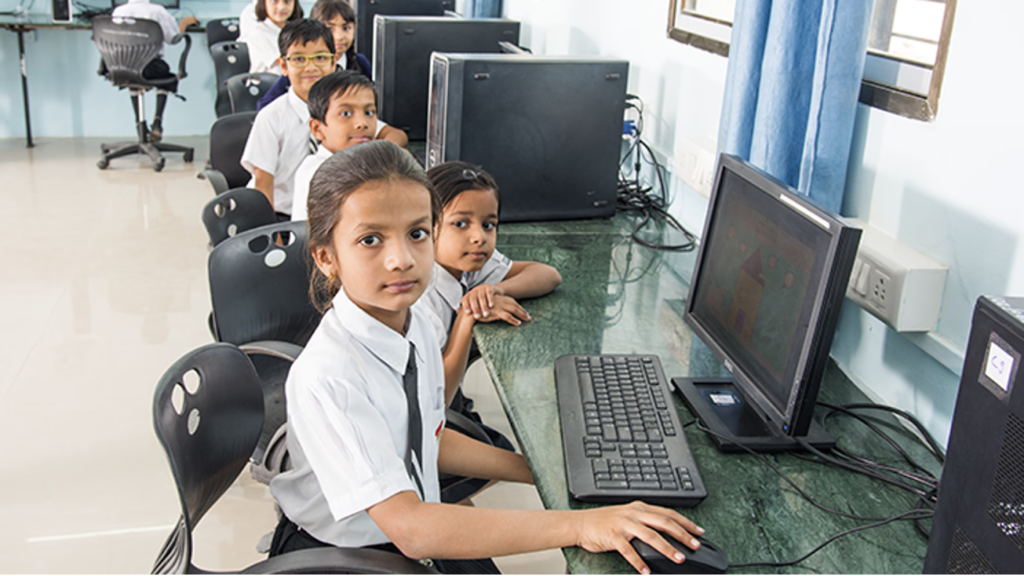Community-based learning pods use unique strategies for helping their students learn, which is why they are so much more effective than schools.
One of the wonderful things about learning is how unique each student, teacher, and pod is! You can experiment with different teaching approaches to see which ones are most effective for your kids.
You can implement the most effective modern educational techniques in your pod to foster student success and create a positive learning environment. Because you are not constrained by having to complete a curriculum so students can cram for an exam, you have a lot more flexibility in exploring and experimenting with the newest and most effective pedagogical techniques,
10 teaching methods to explore
Flipped classrooms
It’s customary to attend lectures at school and then do homework to document understanding and reinforce learning. However, in flipped classrooms, students learn for themselves using online resources recommended by the teacher, so they are prepared and can use the class time for clarifying doubts and solving them.
Flipped classrooms ( also known as blended learning) enable students to progress at their rate, so the class time can be used to offer individualized assistance as required. This is very useful for older students who can work independently. Younger students may need more guidance from the teacher to stay focused, and this scaffolding helps them learn faster.
Game-based learning
Modern teaching techniques like game-based learning (GBL) use games to teach. To keep youngsters interested in learning, educational games encourage engagement, offer quick incentives and feedback, and harness the power of positive competition.
Today’s students have a deep understanding of games, particularly video games. Their love of video games can be transformed into a love of study.
Student-centered learning
Student-centered learning encourages students to take charge of their own education, based on their personal interests. Student-centered instruction gives students the resources they need to explore subjects that they find fascinating, and they can then transfer this to other subjects.
Inquiry-based learning
A teaching strategy called inquiry-based learning places a high value on students’ independent thought and curiosity. The teacher offers open-ended questions with no single right answer so that students can apply their minds to come up with their solutions.
Project-based learning
Project-based learning is a student-centered teaching approach that promotes learning by encouraging students to solve problems they encounter in the real world.
Project-based learning gives students the practical experience they need to develop the critical thinking and interdisciplinary skills they’ll need for the rest of their lives.
Problem-based learning
Similar to project-based learning, problem-based learning presents a challenge to students before any teaching is begun.
After receiving an open-ended question, students research the topic on their own. The teacher provides help and guidance as needed.
Discussion-based learning
Discussion-based learning encourages collaboration and teamwork. The staff facilitates the discussion, and this encourages critical thinking and independent learning.
It encourages real-life interaction and peer-to-peer learning without relying on technology.
Play-based learning
Play-based learning helps students learn through child-led free play. It’s a fantastic method to encourage young learners to develop social skills and a curiosity for the world around them, and has a proven successful track record, as established by Montessori pre-schools.
Play-based learning is not just gamified schoolwork; it should be self-selected and largely unstructured to support the development of the child’s imagination.
Service Learning
This uses real-life settings by blending academic objectives with volunteer work in the community. Students gain practical experience, have the opportunity to effect change and see examples from their curriculum come to life in the real world.







